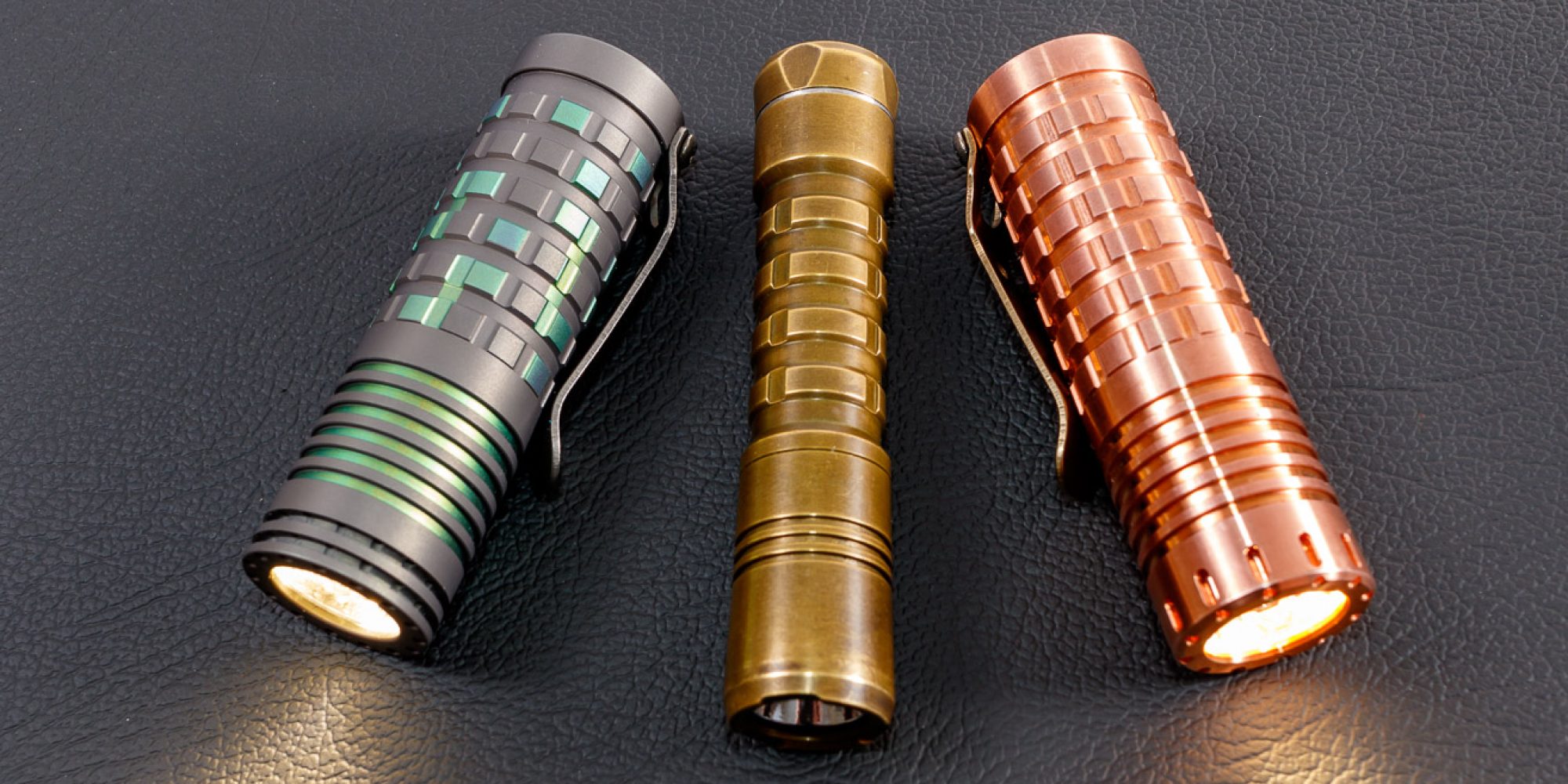Today I have a newer charger from Vapcell, the S4 Plus. This is truly a fast charger as it can charge all 4 bays at a maximum of 3A for a total of 12A. Speed is selectable too. It charges lithium ion batteries including protected 21700 sized, as well as NiHM cells as has a few other features I will talk about further on in the review. Thanks to VapCell for sending this to me to take a look at and review.
Watch this review on YouTube:
**Follow me on Instagram: https://www.instagram.com/liquidretro/
Join the Facebook Page: https://www.facebook.com/LiquidretroReviews/
Packaging & Accessories
This is the updated charger that came out earlier this year. The changes are that the display is always on, the battery capacity in mAH is showend when fully charged, the cutoff voltage for lithium ion batteries is now 50mA when charging at 250mA or 500mA (good for small cells), The testing capacity feature for NiHM charges the battery, discharges and then recharges instead of leaving it discharged.
The package is a nice bifold box with printing on the outside showing the charge, showing what size batteries it charges, chemistry etc. Inside the charger was wrapped in bubble wrap and a generic 12V power adapter was included with a US plug in my case and a 5.3mm barrel inside.
Construction and Specs
Design and construction here are pretty standard for a charger, it’s pretty utilitarian in design. Construction seems solid with no creeks or cracks when twisted. I measured the length at 172mm, width at 115mm and depth at 36mm. Max charger expand size was 76.2mm which is great this means your protected 21700 batteries should fit, and there are not a lot of chargers that can say this. The spring loaded bays are pretty smooth too. There is no fan in the charger but there are some vents, when charging at max speed it gets warm but nothing to be concerned about. The screen here is fairly large at 78mm x 32mm. It’s a dark blue LCD with backlit silver white numerals.
My findings/UI
The charger has 4 main modes Charging, Discharge, Capacity Test, and Repair.
I am going to focus on the charging function and talk briefly about the others. Charging has 2 modes manual and auto. In Auto mode the charger picks the most appropriate charging rate for the cells measured resistance. You can override this to a degree if you press and hold the current button for 5 seconds, although there is some margin of safety built in for smaller cells so you can’t pump them full of power too quickly. In manual mode you click the current button to increase the charging rate in 250mAh and 500mAh increments. In my tests the charger stopped charging a lithium ion battery at 4.185V and a NiHM at 1.495v. When fully charged the charger plays and audible tone.
To switch between charging bays hit the display button, same with the modes. The display shows the battery charger percentage, current voltage, internal resistance, amount of power that’s gone into the cell, time elapsed, temperature, and total power in watt hour.
Discharge allows the cells to discharge down to 3.0V Capacity test mode will charge the cell up to full, discharge, and recharge measuring the power going in and out each time to get a good measurement of the cells capacity. Repair is useful for batteries that have gone lower then what’s safe, it very slowly and carefully applies power to the cell to try and bring it back to life.
There is also a USB out port on the top of the charger that can be used as a powerbank to draw off the cells when inserted. This works when you insert a lithium ion battery in cell 1 and there isn’t AC power plugged in. What I wish is when AC Power was plugged in it did output the same 5V 1A of power so you could say plug in and charge your phone or a light that had built in or magnetic usb recharging.
Pro’s
- Auto and Manual switch
- Ability to choose charging current during charge cycle in both modes
- Speed!
Con’s
- Manual could be more clear, but it’s not overly hard to use.
- One feature I would like to see on a higher end charger is a storage feature
- It would be nice to be able to turn the tone off when fully charged for overnight charging.
Conclusion
Overall this is a nice charger that does almost everything I want in a charger for flashlights and other electronic devices. It allows me to charge my NiHM and Lithium ion batteries and select the charge rate in 250mAh steps, up to 3A per bay. It has an automatic and manual mode too. It will charge all 4 bays at 3A if I am in a hurry and have batteries that support that. It can discharge batteries fully, it will run capacity tests to help me judge if a battery is healthy or needs replaced. It supports long cells too which is important for those protected 21700 sized batteries that are increasingly popular in the flashlight world.
The one thing I wish it had a storage mode, this is one thing I like to do on my lithium ion cells when I know I won’t be using them for a while, it drains the cells down to around 75-80% as that’s where they are the most stable for long periods of time.
I have no hesitation recommending the Vapcell S4 Plus V2 charger here. It’s fast if you want that, it’s slow if you want control, and it fits all the most common flashlight sized batteries in use today as well as the common household sizes too.
Pick up the Vapcell S4 Plus on AliExpress at https://www.aliexpress.com/i/4000249374391.html





































